On January 28, 2012, members of Fluoride Class Action – James Robert Deal – and Washington Action for Safe Water – Audrey Adams, Dr. David John and Ed Mitsukawa – toured Everett Water District’s Lake Chaplain water treatment plant. Mark Weeks conducted the tour. He is the narrator on our voice recording of the visit. His job title is “Drinking Water Processing Analysist”. We were not allowed to take photos or videos of the water plant “for security reasons”. Even without the visual dimension, the interview provides an orientation regarding how water treatment and fluoridation work.
- From left to right are: Mark Weeks, James-Robert Deal, Ed Mitsukowa, Audrey-Adams, and Dr. David John, M.D. This was the only photo we were allowed to take on the Lake Chaplain premises.
This is what the Certificate of Analysis, Bill of Lading, and Invoice have to say: around 47,000 pounds of acid, around 5,000 gallons, at $.3445 per pound, for a total cost of the shipment of around $16,200 per load. Mark Weeks says there are around 18 shipments per year, more in summer when use doubles, less in winter, around one shipment every three weeks on average, for a yearly expenditure of around $290,000. Around 330 gallons of fluosilicic acid are pumped into drinking water daily.
To get to Lake Chaplain, go east from Everett on Highway 2:
It is January 28, 2012. I am at the entrance to the Lake Chaplain water treatment plant at around 800 feet above sea level. The main source lake is Spada Lake up at around 1,400 feet above sea level. This area is in the convergence zone. Moisture laden winds off the Pacific go around Mount Olympus and converge here and drop up to 160 inches of rain each year. When a big storm rolls in, there can be as much as a foot of rain or snow in a single day. Cliff Mass explains that Spada Lake will always supply Everett with more water than it can ever use and that the Everett supply system has more capacity than the Seattle system. I am driving the Buick LaSabre that my mother, Elizabeth Abraham Deal left me.
The Everett Water District allows tours. You must make an appointment. Entry to the plant itself is by permission only. The treatment plant is a closed area.
You must press a button and talk to the control room which will open the gate and let you in.
This forest road is immediately to the right of the entry to the treatment plant. The area to the east of Lake Chaplain and leading up to Spada Lake are Forest Service land, and so they are open to the public, although with limitations. There is a self-service sign up. There is no shooting. No fishing is allowed in Lake Chaplain. No bait fishing is allowed in Spada Lake. Only lure fishing is allowed. No motorized vehicles are allowed in either area. You have to pack in on foot. No overnight camping is allowed.
This is an audio recording of our treatment plant tour. Mark Weeks conducts the tour and answers our questions, with assistance from John Calhoun.
My batteries ran low in my HandyH4N recorder, so I had to change them. I missed some of the interview.
Although we were not allowed to take photos or video of the treatment buildings – inside or out – interior of the building, you can “see” the buildings by following this schematic diagram.
Regarding the various buildings:
The fluoridation building: Fluoride tanker trucks carrying 5,000 gallons of fluosilicic acide back down into an entry bay. The bay is wide and long and slopes down up to a depth of six feet, so that if the truck spilled its entire load, the bay would contain it all. The cement is lined with epoxy so the acid will not burn through it.
The bay has an emergency shower in it, a big rubber house that is screwed into the tanker to offload the silicofluoride, an a smaller pressure hose which is connected to the other end of the tank to force all the liquid out of the tanker.
The fluoride building houses two 6,000 gallon tanks and a smaller mixing tank. The pipes and tanks are all CPVC. Fluoridation began in 1991, and all the pipes are due for replacement. Mark says that 20 years is the life expectancy for any CPVC pipe. Oddly, the CPVC tanks are not themselves being replaced.
As you enter the building you notice that the glass in the door is etched by the hydrogen flouride, HF, fluoric acid. It is in the air. When I entered the building I smelled a strange smell, and I immediately became dizzy. I should have left the building immediately. If you ever visit a fluoridation building, don’t breathe inside. Do some deep breathing before entering and hold your breath while you are inside.
The building has big fans on the ceiling to draw air out of the building, circulating the air in the building ten times an error. Mark explained that the fluorosilicic acid breaks down into gas. The gas is good at slipping through the joins in the CPVC pipes and tanks. Maybe that is why the pipes are being replaced. Not only is the building vented, but the tanks themselves are vented to outside air. Mark seemed to admit that the tanks leak some hydrogen fluoride.
I will add more later.
FLOCCULATION AND THEN FILTRATION
Water goes into flocculation tanks. The flocculent used is bauxite, aluminum sulfite. Flocculent brings together dirt, iron, magnesium, and microorganisms, which are negatively charged and which would never settle or precipitate without treatment because they are negatively charged and repel each other. The flocculent is positively charged.
Microorganisms concentrate in and around the dirt and minerals, and chlorination is ineffective unless the dirt and minerals are removed. Chlorine is added at several stages because it quickly evaporates out of open pools.
When the filtration medium is backwashed, it is backwashed with finished, that is, fluoridated water. The backwashed flocculent plus minerals, mud, and microorganisms go into a settling pond. Every few years the sediment builds up and has to be removed to a toxic waste storage landfill because there are small amounts of arsenic in it. Where does the arsenic came from? Some comes from the source water, but not all, because the source water is only around 8 ppm dissolved solids, mostly calcium and magnesium.
Some must come from the backwash water, which is fluoridated, and there is arsenic in the fluoridated water because the fluoridation materials contain arsenic. Mark says that the flocculent will precipatate arsenic. A flaw in the design of the facility then that most fluoridation materials are added after flocculation and filtration. The flocculent could remove the arsenic .
ALUMINUM
The use of aluminum as a flocculent is another design flaw – if the water is fluoridated. Flocculation with aluminum always leaves an aluminum residual in drinking water. The fluoride does not join with aluminum at neutral pH. However, in the stomach at acidic pH, aluminum and fluoride form aluminum fluoride, which will slip past the blood-brain barrier. I do not know the alternatives to aluminum as a flocculant, but as long as Everett is fluoridating, it should quit using aluminum as a flocculant.
EVERETT WILL HALT FLUORIDATION FEBRUARY 7 – IT SHOULD NOT RESUME FLUORIDATION
Around February 9, as soon as the current load of silicofluoride was used up, Everett halted fluoridation. The CPVC pipes need to be replaced. Fluoride Class Action takes the position that fluoridation should not resume. See our letter to Jenny Durkin, US Attorney in Seattle.
I will be updating this page with more information about how the water treatment process works.


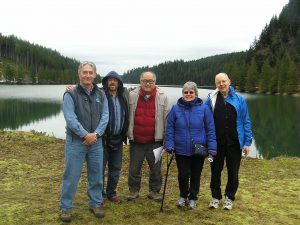
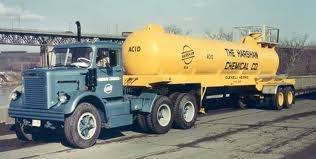
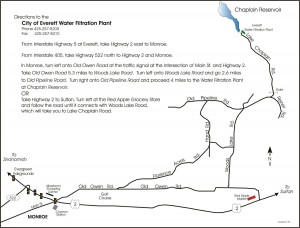
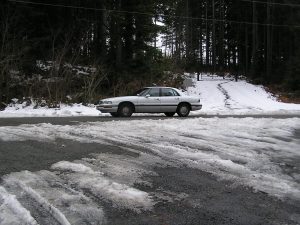

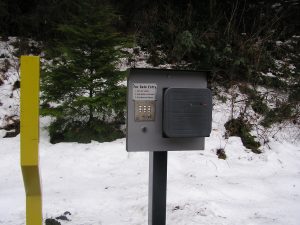
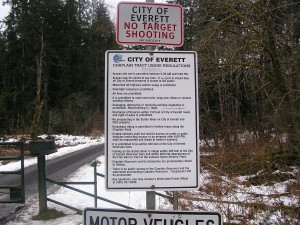
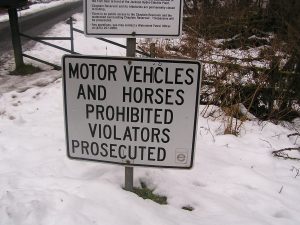
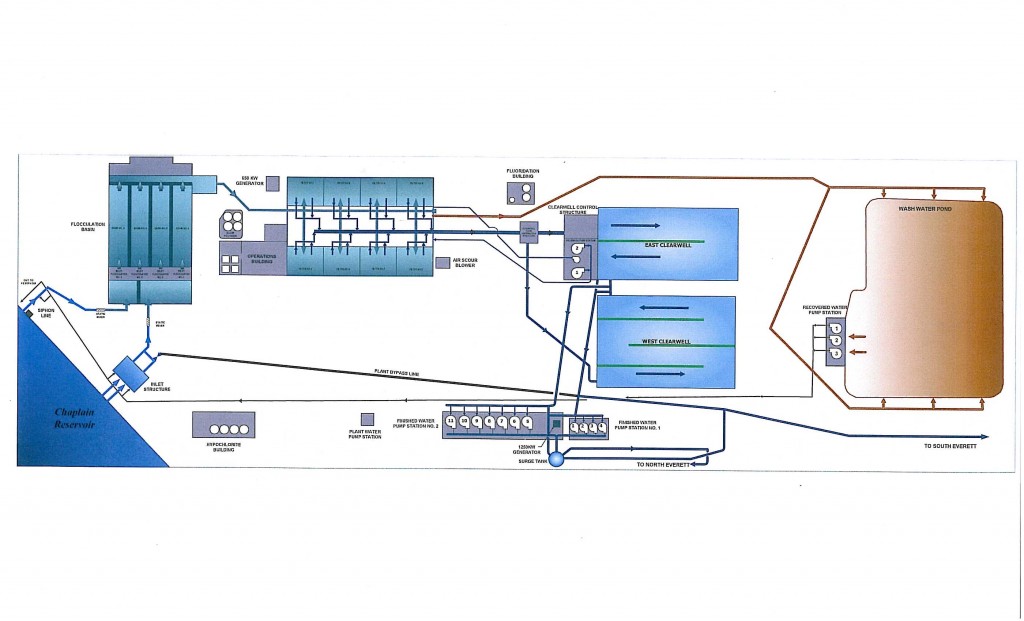

1-30-12
Thanks for sending this one I plan to show them some info at our next municipal
meeting in Philippi, West Virginia. . . . Our Mayor and Council members and the city manager will be there on Feb 7th 2012 7:00 p.m.
Gregory L. Mouser Fluoride Action Network Coordinator in West Virginia
This was an amazingly thorough tour and very enlightening. I never knew there was so much that I didn’t know about water treatment…and now I’ve forgotten a good deal of it! The staff at the plant were fabulous and extremely generous with their time. Thanks so much for setting this up, James, and for inviting the rest of us to tag along.